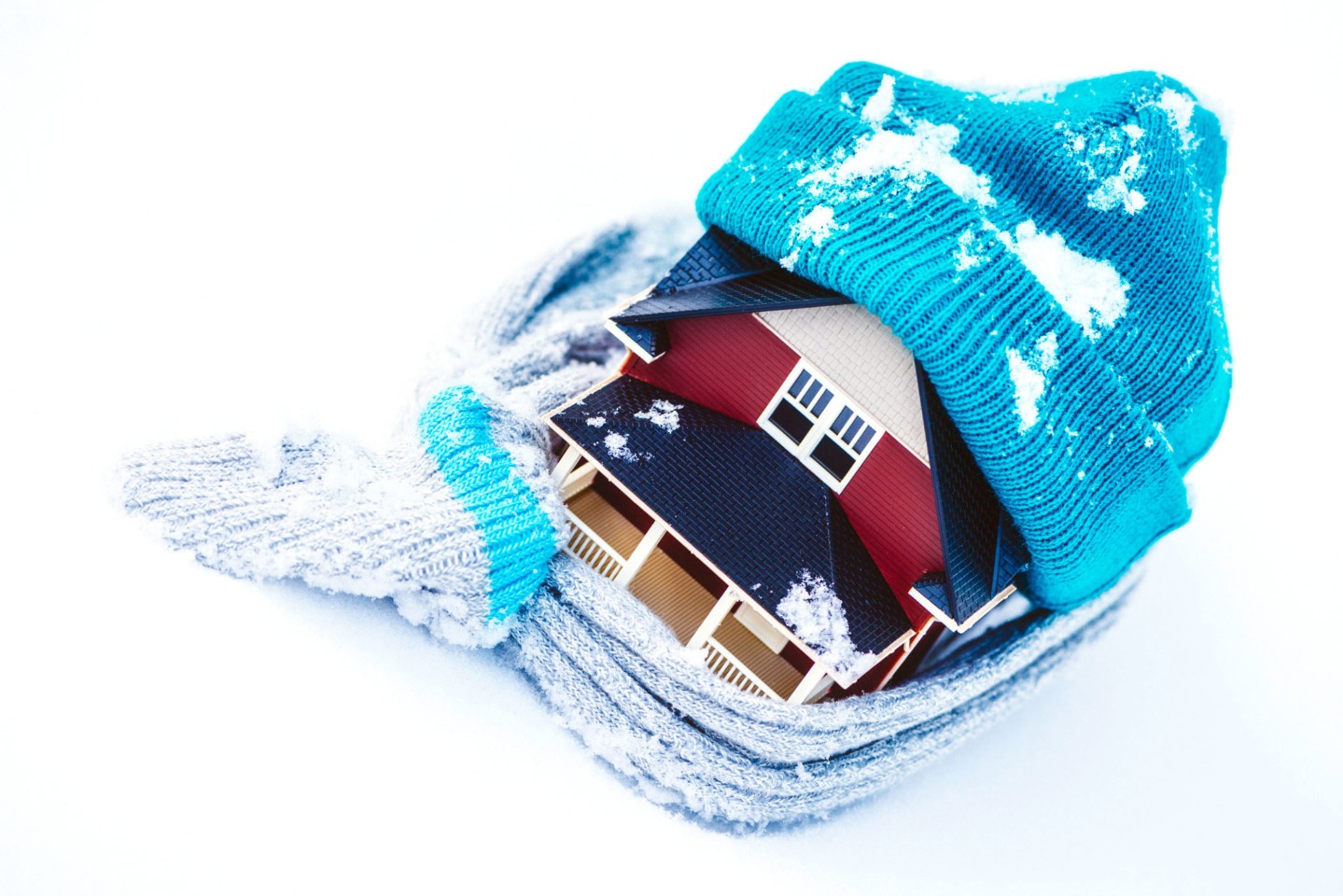It may not “officially” be winter in Omaha, but it sure does feel like it. Since last week’s blizzard, our clinic doctors have been seeing a lot of new cold-weather injuries ranging from sledding and ice-skating injuries to frostbite and even sunburns (yes, the sun is still dangerous in the winter months).
Here are a few cold-weather safety tips, courtesy of Dr. Matthew Bott, to help you and your family make it through the winter in one piece:
Preparing to Brave the Cold
- Dress warmly, in lots of layers of clothes. Try long underwear beneath pants and a turtleneck underneath a sweater and coat. Not only will this keep your family warm, but if you get the top layer wet, you can peel it off to reach a dry layer.
- Avoid cotton clothing – it doesn’t keep you as warm as wool, flannel or other “winter fabrics.” Waterproof pants and jackets are excellent choices for a top layer because they don’t let the wetness reach your other clothes.
- No matter what fabric you choose, or how many layers you pile on, no cold-weather ensemble is complete without warm socks, boots, gloves and a hat.
- Make sure to feed your kids a snack before they go out. The calories will give their bodies energy to stay warm in the cold weather.
- Don’t pack up your sunscreen when the pool closes for the summer. Snow can reflect up to 85% of the sun’s ultraviolet rays. Make sure you lather on the protection year-round.
Winter Sports Safety
- Watch out for sledding hills that are too steep, are covered with trees or rocks and those that are too close to busy roads. Sledding accidents can cause broken bones, head and neck trauma and internal bleeding.
- Opt for ice-skating rinks rather than ponds. If you only have access to a pond check the thickness of the ice to make sure no one falls through.
- Teach children the warning signs for frostbite and frostnip. Kids can sometimes ignore the warning signs when they’re having fun.
- Frostbite occurs mostly on fingers, toes, ears, noses and cheeks. The area will become very cold and turn white or yellowish-gray. If you notice frostbite, go immediately to the nearest emergency room.
- Frostnip is an early warning sign of frostbite that leaves the skin white and numb. If you notice this, remove all wet clothing and immerse effected body parts in warm (not hot!) water until sensation returns. Never use hot water!
Additional Tips
- Going on a road trip over the holidays? Make sure you pack a first-aid kit, as well as extra blankets and gloves for everyone in the car.
- Whether or not you’re going out, make sure you wash your hands regularly throughout the winter. Respiratory ailments and viruses, like the flu, spread easily in the winter because people stay indoors – in much closer contact than the rest of the year.
- Use proper technique when snow-shoveling. Lift from the knees – not the back; and remember to turn your entire body when tossing a shovel full of snow, rather than just twisting at the waist.
Matthew Bott, MD is a board-certified family physician with CHI Health Clinic at Lakeside.



